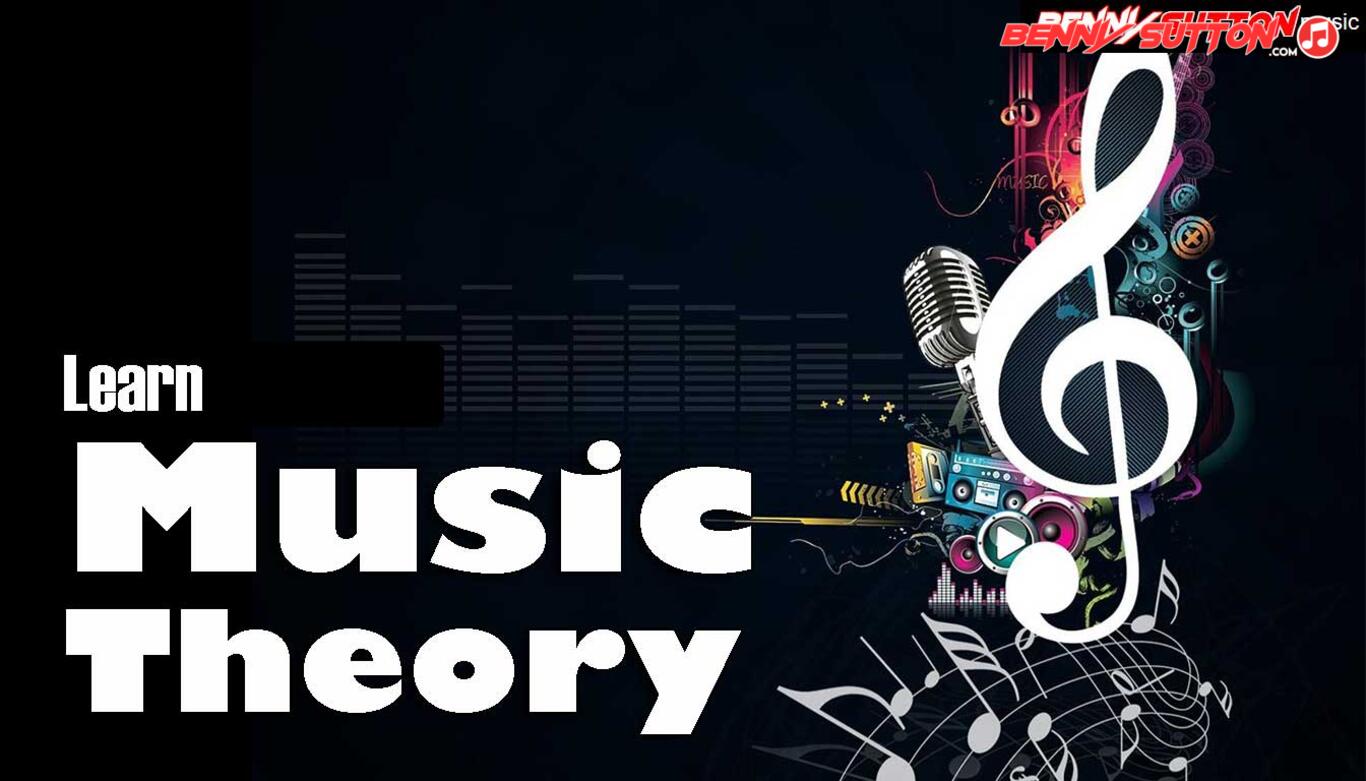Major triad + major seventh; smooth, lush color (e.g., IΔ7).
Major Seventh Chord
The Major Seventh (maj7) chord is one of the most elegant and harmonically rich colors in tonal music.
It combines the brightness of the major triad with the sophistication of the major seventh, producing a smooth, dreamy, and resolved sound.
Where the dominant demands motion, the major seventh is content to stay still — it conveys completeness and repose.
Structure
A Major Seventh chord is built by stacking a major triad with a major seventh above the root.
Formula:
Root – Major 3rd – Perfect 5th – Major 7th
Semitone steps from root: 0 – 4 – 7 – 11
Example (Cmaj7):
C – E – G – B
| Interval | Distance | Note | Function |
|---|---|---|---|
| Root | 0 | C | Tonal center |
| Major 3rd | +4 | E | Defines major color |
| Perfect 5th | +7 | G | Adds resonance and stability |
| Major 7th | +11 | B | Adds depth, sophistication, and gentle tension |
Interval Structure (Stacked Thirds)
| From | To | Interval | Size | Effect |
|---|---|---|---|---|
| Root → 3rd | Major 3rd | 4 semitones | Bright foundation | |
| 3rd → 5th | Minor 3rd | 3 semitones | Balances warmth | |
| 5th → 7th | Major 3rd | 4 semitones | Expands harmonic space | |
| Root → 7th | Major 7th | 11 semitones | Lush, unresolved consonance |
The upper interval (major 7th) produces a near-octave shimmer — one semitone short of perfect closure, creating a tension that’s emotional rather than dissonant.
Roman Numeral Function
| Scale Degree | Function in Major | Function in Minor |
|---|---|---|
| Imaj7 | tonic (home chord) | IIImaj7 |
| IVmaj7 | Subdominant (dreamy color) | VImaj7 |
| Vmaj7 | Non-functional (modal or borrowed) | – |
In tonal harmony, Imaj7 and IVmaj7 are the most common forms — both convey warmth and introspection rather than drive.
Inversions
| Inversion | Notes (Cmaj7) | Symbol | Bass Note | Function |
|---|---|---|---|---|
| Root Position | C–E–G–B | Cmaj7 | C | Stable, open base |
| 1st Inversion | E–G–B–C | Cmaj7/E | E | Smooth internal voice leading |
| 2nd Inversion | G–B–C–E | Cmaj7/G | G | Transparent and balanced |
| 3rd Inversion | B–C–E–G | Cmaj7/B | B | Soft tension pulling to tonic inversion |
Sound and Character
- Mood: calm, lush, sophisticated
- Color: bright, resonant, reflective rather than assertive
- Texture: consonant but complex — stable with a hint of emotional depth
- Cadence role: functions as arrival rather than motion (often the final chord in jazz or pop ballads)
Common Progressions
| Progression | Function | Example (in C) |
|---|---|---|
| ii7 – V7 – Imaj7 | Jazz resolution | Dm7 – G7 – Cmaj7 |
| Imaj7 – vi7 – ii7 – V7 | Circle of fifths | Cmaj7 – Am7 – Dm7 – G7 |
| IVmaj7 – V7 – Imaj7 | Pop ballad | Fmaj7 – G7 – Cmaj7 |
| Imaj7 – IVmaj7 | Modal color | Cmaj7 – Fmaj7 |
Real-World Examples
| Song | Artist | Key / Chord Use |
|---|---|---|
| “Something” | The Beatles | Cmaj7 at resolution |
| “Peg” | Steely Dan | B♭maj7 and Cmaj7 layered harmonies |
| “Every Breath You Take” | The Police | Fmaj7 lends reflective mood |
| “Just the Two of Us” | Bill Withers | Gmaj7 smooth jazz foundation |
| “Satin Doll” | Duke Ellington | Frequent tonic maj7 cadences |
Application Tips
- Use maj7 for relaxed or “complete” resolutions.
- Works beautifully under sustained melody tones (especially 7th or 9th).
- On guitar, major seventh shapes (Cmaj7, Amaj7, Gmaj7, Dmaj7, Emaj7) create shimmering textures.
- Combine with 9ths or 6ths for richer jazz voicings.
Summary
| Attribute | Value |
|---|---|
| Formula | 1 – 3 – 5 – 7 |
| Semitones | 0 – 4 – 7 – 11 |
| Tonality | Major, stable |
| Emotional Color | Smooth, lush, reflective |
| Function | tonic or subdominant color |
| Inversions | Four possible |
| Common Progressions | ii7–V7–Imaj7, Imaj7–IVmaj7 |
| Used In | Jazz, pop, soul, fusion, film, bossa nova |
